
– In collaboration with Antonio Ramos Hernández [Sociologist] –
ABSTRACT
Bien Común (Common) is a project in development that aims to address phenomena that arise spontaneously in Cuba from everyday social practices. These phenomena are a consequence of economic precariousness and specific deficiencies in the public sector. When there is a need, people tend to build their informal networks independent of official institutions through collaboration. These people find strength in the spontaneous organizations they create, through which they achieve common goals.
For the development of the project, the artist established a multidisciplinary work that linked visual arts, design, film, and social sciences. Under this premise, a horizontal collaboration was established to obtain results that extend beyond the artistic context.
The practices that form part of Bien común have two characteristics. They are informal associations developed in Cuba that, within their foundational DNA, prioritize the collective over the individual. Their second quality is their orientation towards the solution of problems, not exclusively of an economic nature.
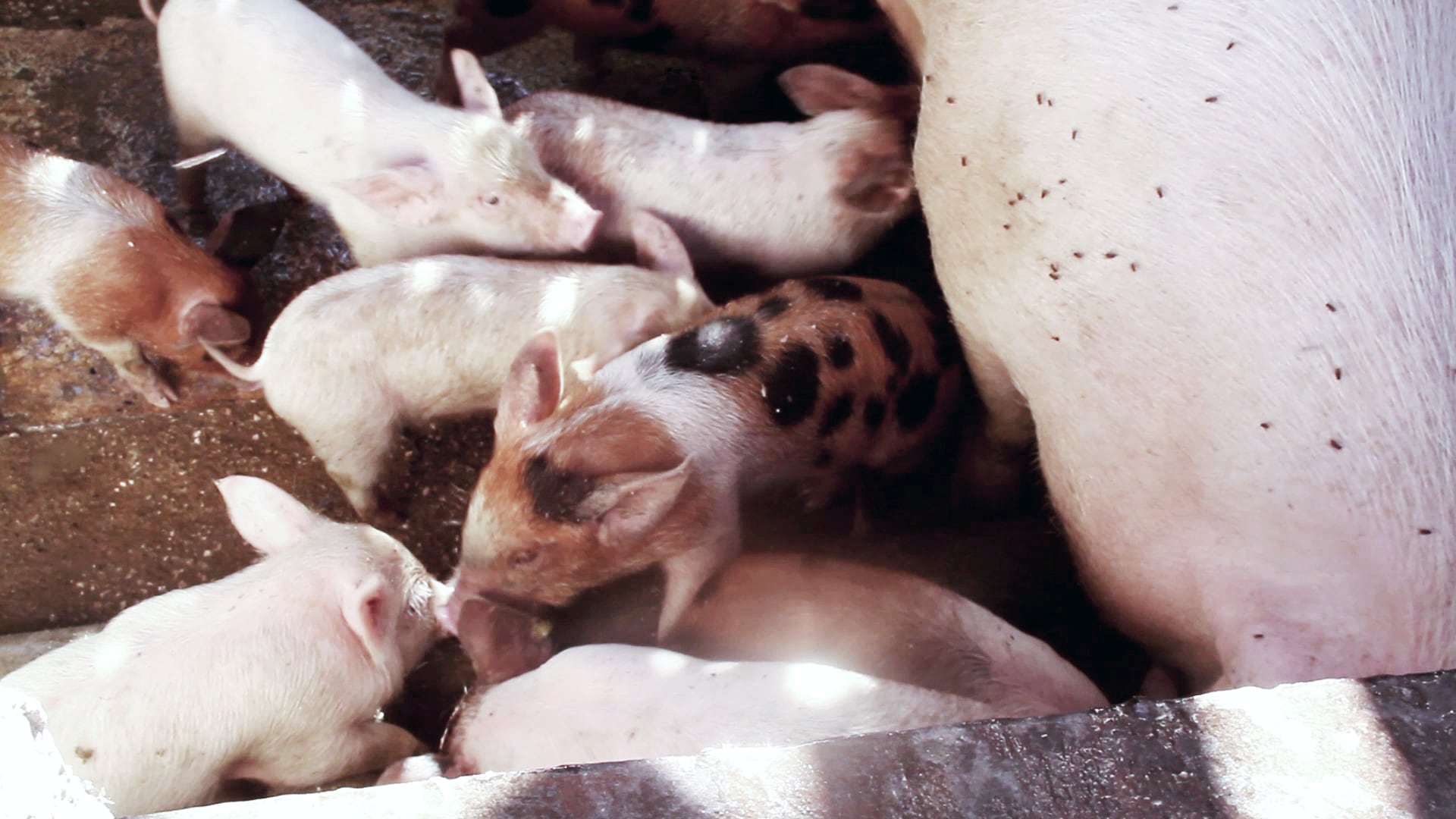
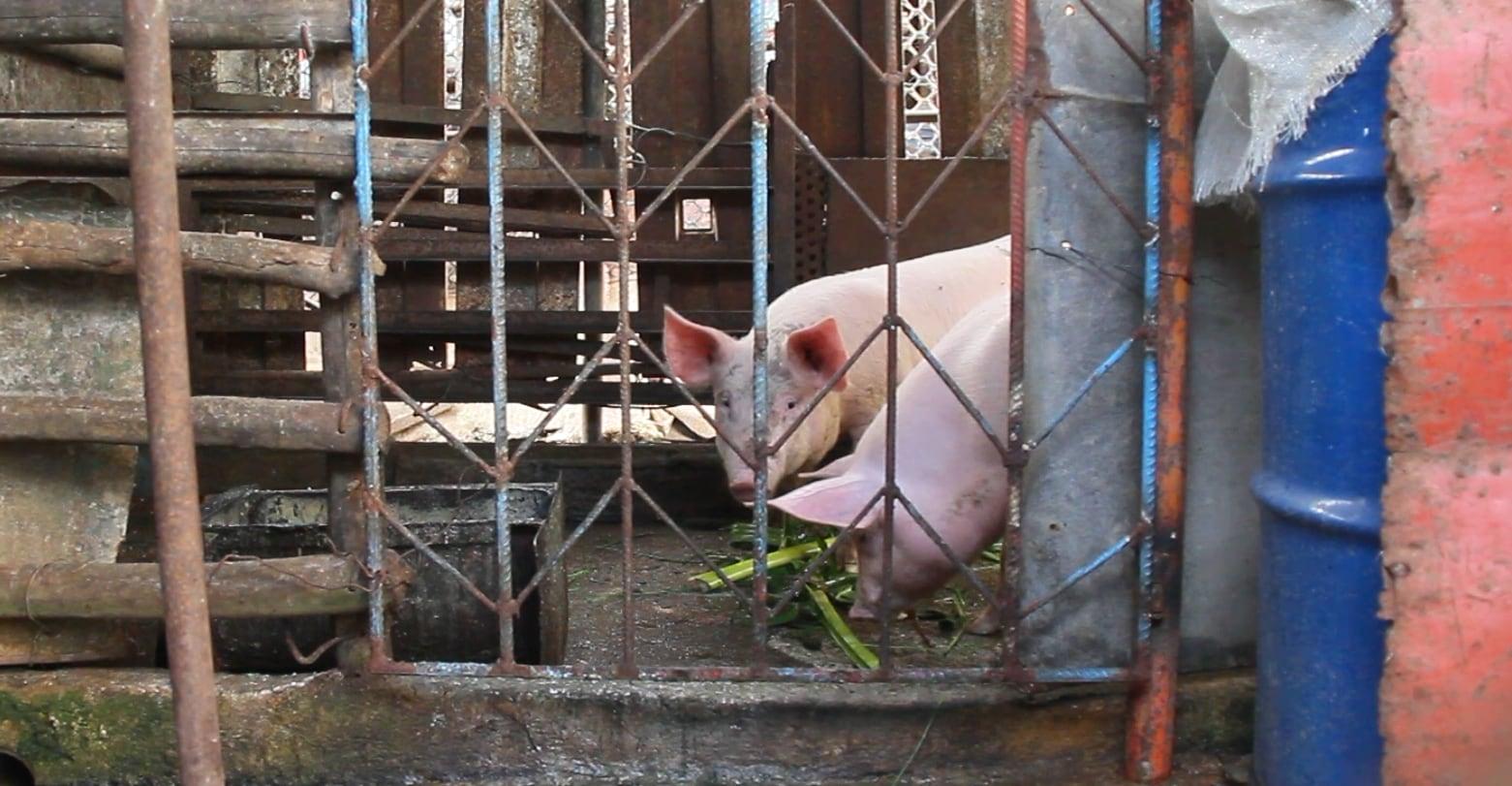
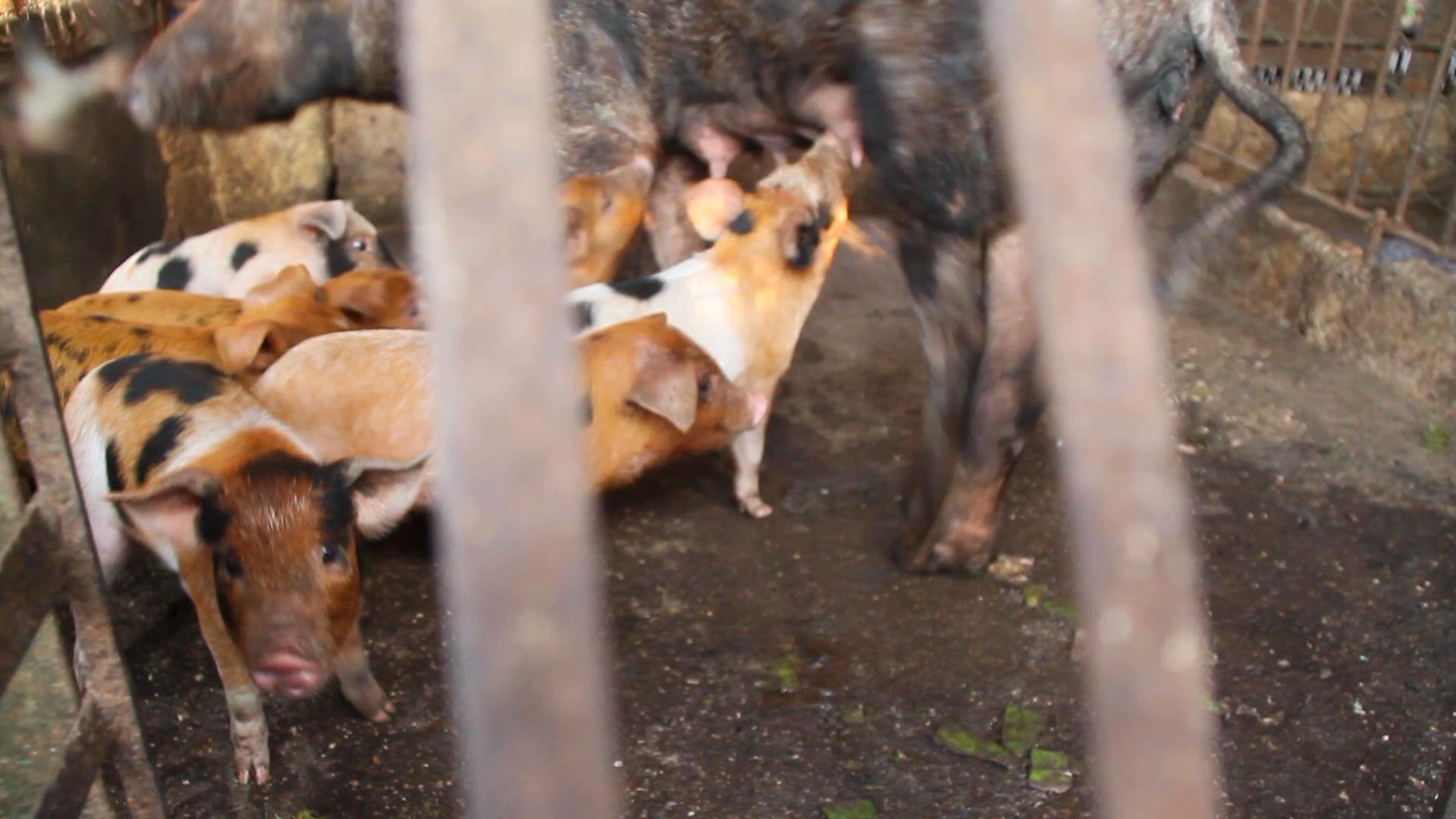
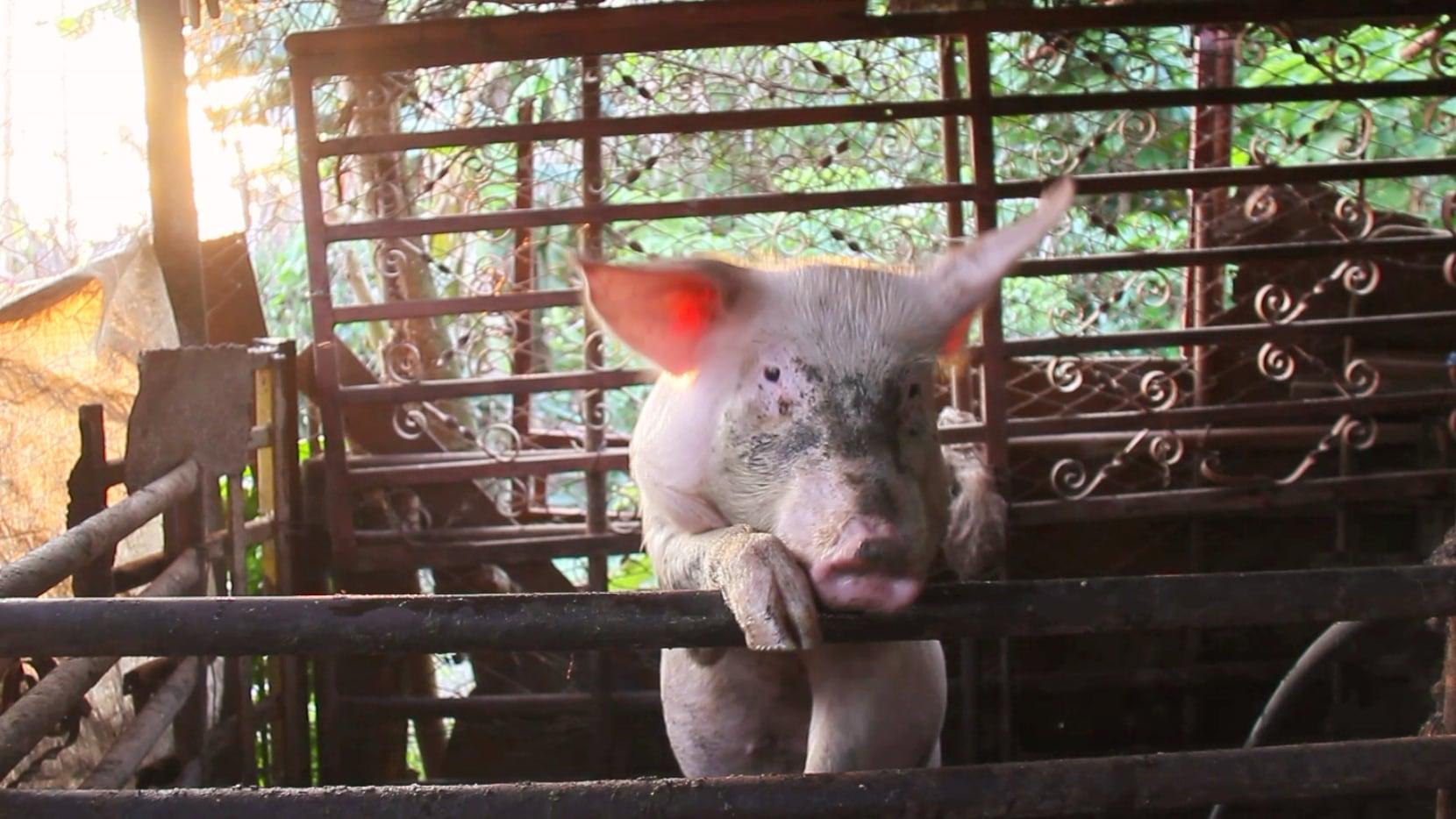
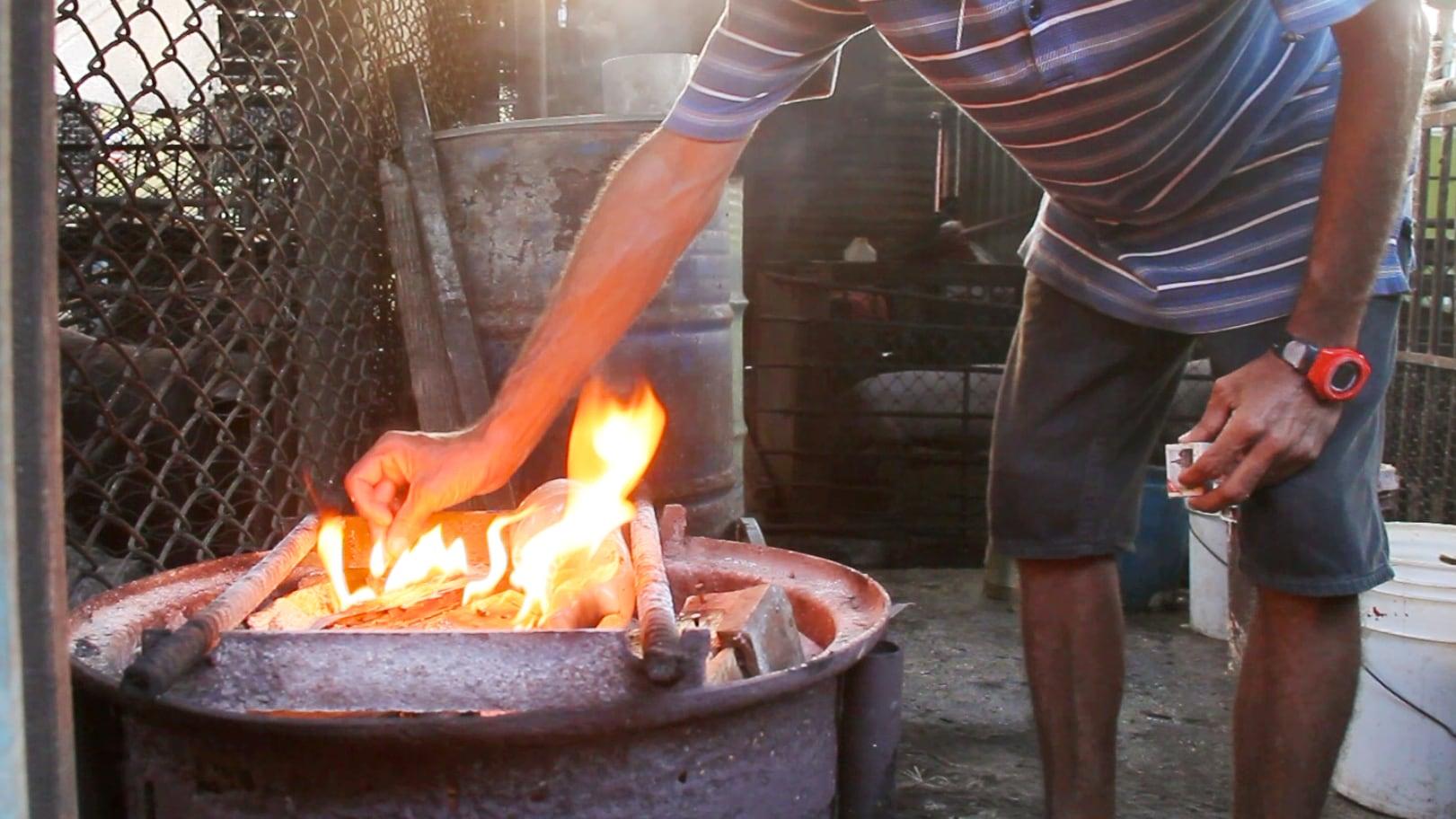
The crisis of the 1990s fractured the social universes of Cubans. The inability of the State to satisfy the basic demands of its citizens had a symbolic impact on the experience of man as a social being. Community ties and the capacity for association at non-institutional levels became stronger. Local identities were strengthened while the social distances created by the new economic actors grew. In the absence of conventional solutions to pressing problems, subsistence strategies and new spaces for social interaction were generated.
In this context, the Micro III piggery arose in response to a local economic need: pig raising for commercial purposes by private individuals. It is located on the outskirts of Nuevitas, Camagüey, which was a prosperous industrial city before the national economic depression. Based on the conjunction of interests and the implementation of an internal organization that regulates the order and discipline of its actors, Micro III is a collective project that has ensured its sustainability due to its positive impact on the local economy.
STATEMENT
In the 1990s Cuba underwent a unique transformation. For 30 years, a social revolution continuously transformed the nation’s landscape, but from 1989 onwards, a deep economic and structural crisis took place, known as the Special Period. The Council for Mutual Economic Assistance (CAME) concentrated 79% of total trade and, when it ceased to exist, left the Cuban economy in recession. Many plans and public policies were aborted. The government was forced to seek new directions, liberalized foreign direct investment, restructured foreign trade, and intensively developed international tourism, thus new economic actors emerged, and with them a radical change in Cuba’s social structures. This situation, although it implied a dramatic regression in living standards, opened new spaces for participation and the recreation of new practices. The so-called “exile scum” gently became the “diaspora”; gender, feminism, and Afro-descendants began to be discussed and social gaps and silenced presences became evident as never before. Likewise, the continuous decline in real wages, produced by the economic recession, pushed people to generate subsistence strategies, most of them illegal, but legitimate in the eyes of public opinion.
In rural communities, raising pigs, either for self-consumption or for sale to state and private institutions, is a deep-rooted custom. Because of the enormous shortages that marked the Special Period, this practice reached the urban space. Bedrooms, bathrooms, balconies, terraces, and gardens were abruptly and radically transformed into improvised corrals, which harmed sanitation. At this time, on the outskirts of the city of Nuevitas, Camagüey, the largest pig-raising area in private hands began to take shape.






Located on the Guincho peninsula, on the northern coast of the country, is Nuevitas, which, despite being the smallest of the municipalities of the province of Camagüey in territorial extension, has played an important role in the regional economy. Since the 19th century, it was an outstanding agro-industrial center. By 1990 it still conserved part of those activities and was a fundamental node in the country’s communication and transportation routes.
In this city, there are two working-class neighborhoods known as Micro I and Micro II. Both arose at the time of the industrial boom of the locality when the Cuban State built large areas of buildings that comprise them to accommodate the workers who worked in the growing industry. With the Special Period, most of the industries, which were the source of work for its inhabitants, closed. The growing reduction of the real salary and the increase in the cost of living led the nueviteros to face reality with new solutions. Many of them turned to animal husbandry, especially pigs. In a constant confrontation with the local authorities, they spontaneously removed the pigs from their homes and moved them to a vacant space on the edge of the city. The vertiginous growth of this space and its impact on local life made it popularly known as Micro III, one more neighborhood within the urban fabric of the city.
The workers who lived in the buses were there for a reason. As part of the revolutionary process, an exodus from the countryside to the city was generated; peasants became workers, professionals moved to the cities to fulfill specific tasks, young people went to study in urban educational centers, etc. Six years after the bearded men took power in 1959, the rural population was 43% of the total population, while in 1990 it was only 26%. In the beginning, the native populations viewed with distrust the customs brought by the newcomers, but with time many of these were socialized and assumed.



In general, people living in areas geographically isolated from the major centers of exchange generate different social relationships than those seen in the centers of exchange. The people we are focusing on come from rural areas and have become workers. The dynamics of rural life are characterized by the family and sexual division of labor, as well as by marked hierarchies and the establishment of interpersonal cooperation networks. The distributor who buys from the farmer has a name and a face; he is not the anonymous salesman in a store. This form of cooperation and interaction extends even to local powers.
In the big Cuban city, local power is chaotic. It is superimposed by provincial power, which resides in the same city and, in the case of Havana, provincial power is limited by national power. The management capacity of a delegate, and even of the municipal government, is reduced. In contrast, in cities such as Nuevitas, which are distant from the central powers, the institutions have a greater capacity to manage the territory. This generates a more direct dialogue between community members and decision-makers.
Conceptual Map
From these quasi-accidental chaotic confluences, Micro III emerges as a practice of economic subsistence, as a peripheral space that mediates between the rural and the urban, between collective work and individual benefits. The space of Micro III is remarkable as a boundary; a boundary between community and city life, between the traditional community and the modern. It is also a compact reflection of the recent history of a nation that transits between several models of a social system, without strictly conforming to any of them.
In this context, the former workers of Nuevitas built a gigantic pigsty to raise pigs. Some say that one day someone looked at the bush in front of a microbrigada building and decided to cut it down. There they built the first corrals; they just thought of having their roast pig for the end of the year. With the passage of time and the growing role of the private sector, the Micro III piggery has diversified its functions and organizational structures.
It has hydraulic, sanitary, and electrical installations. It has a small medical clinic, a security system, and marked roads. Since its creation, it has had an administration elected by popular vote. This government is made up of a director and a supervisory board. Both the administration and the community surrounding the piggery follow a set of regulations that serves as a guiding document for the breeders and hired workers.


Microbiodigester [COPINCHA]
As a result of the research process, we detected that one of the most pressing problems of Micro III is the circulation of waste and the use of energy. To promote technological innovation practices with an environmental impact that responds to this need, the artist established a collaboration with Copincha, a collaborative and open creation laboratory that integrates knowledge and technological practices consistent with the Cuban socioeconomic and cultural context.
He launched a call among the members of this community to form a multidisciplinary work team, whose objective is to create a manual for the construction of a continuous-mix biodigester, optimized for the environmental and economic conditions of the Cuban context. This type of biodigester is ideal for wastewater treatment. In addition to reusing organic waste and avoiding energy consumption from polluting sources, it also helps reduce the ecological footprint of organic waste in this area, which lacks an oxidation system for waste.
This stage of the project is in the development phase. It does not aim to build biodigesters; its objective is to generate knowledge on how to make them in the most functional, simple, and economical way possible, and then promote their construction among the members of Micro III, through self-management and collective work.

—
CREDIT
Yainet Rodríguez Rodríguez [researcher]
Mauricio Vega [graphic designer]
Maurice Haedo [industrial designer]
Special thanks to: Caridad Blanco, Lizbel Mónica, Williams Cruz, Evelio Mederos, Javier Recio, and Giordano Guerra.